In 2020, variable renewable energy (VRE) met about 9% of global energy needs. That number will need to rise to 70% to achieve net-zero emissions by 2050. The catch is that total energy needs will increase about 2.5 times by 2050. In general, more renewable energy generation means more price volatility – and price volatility for a vital necessity, both for consumers and industry, is a daunting prospect. In this Boston Consulting Group report, Philip Hirschhorn and Tom Brijs discuss data from regions that already have high renewable energy production.
More renewable energy production usually means more price volatility, but some markets have avoided the steepest price spikes.
Conventional generators produce more energy when demand is high, but when you’re relying on natural phenomena for energy production, supply will fluctuate. VRE (variable renewable energy) prices can go into the negative when the wind is blowing or the sun is shining, but when production is low and need is great, prices can be high. How can policy makers address price volatility? Fortunately, there’s a decade of data from regions that have already embraced renewables, and examination of their practices can provide a better idea of how policy affects pricing.
Scandinavia (particularly Denmark), Western and Central Europe provide examples of markets that have managed to keep prices relatively stable despite high VRE penetration. Stakeholders can adopt practices that will stabilize pricing as a country transitions to renewables, particularly if they remove barriers to demand-side flexibility and consider a mix of energy-industrial solutions.
Major factors...



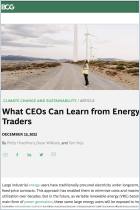
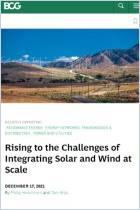
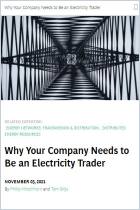
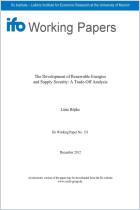
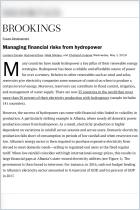

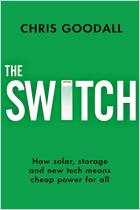
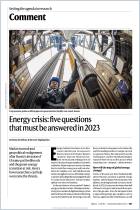
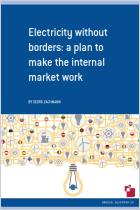

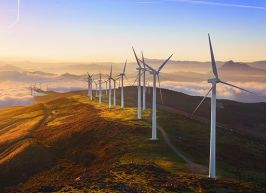

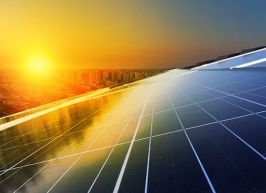
Comment on this summary